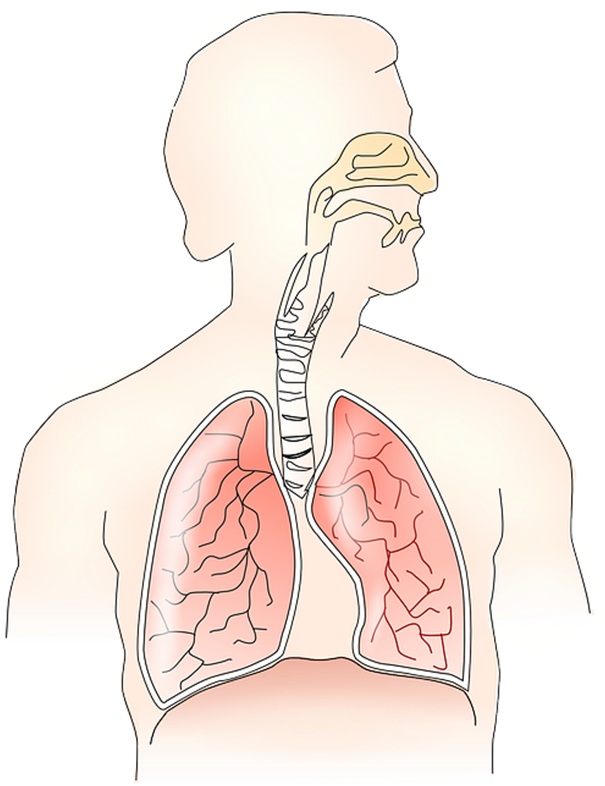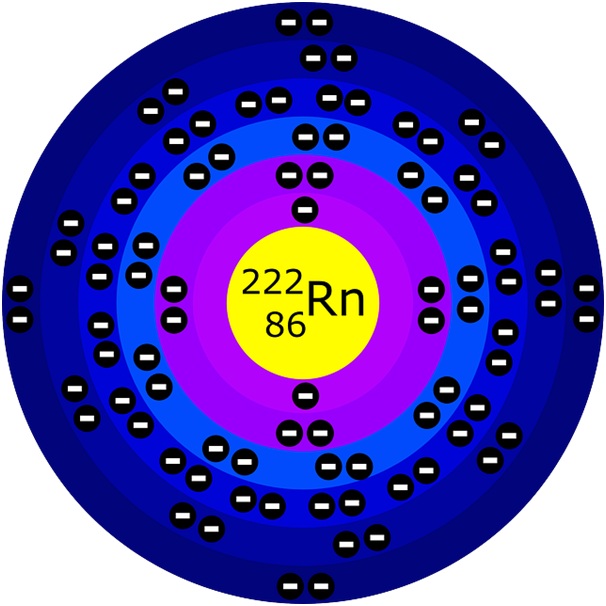Not many people learn about radon till they need to move to an affected area for work or residential purposes. Here are details on Radon Testing For the Workplace and Home.
Radon is a naturally occurring gas that is often present outdoors in trace amounts. This highly radioactive gas is produced from the disintegration of uranium in igneous (basement) rocks like granite. It doesn’t only occur in rocks, it is sometimes present in soils.
Over time, this gas may get concentrated in buildings that are constructed on soils with uranium deposits. Itcan seep into the building through walls, floors, foundation gaps, construction joints, pumps, and cables.
Properties that have cellars or basements or are built on a hill are at a higher chance of increased radon concentration because their closeness to the ground makes it easy for the gas to seep in.
But why is there so much fuss about this gas? Keep reading to find out.
In this article, we explain the implications of radon exposure, why testing for the workplace and home is important, how to reduce concentration levels, and what to do if one has been exposed to it.
Importance of Radon Testing
Radon tests are conducted to determine the concentration of this radioactive gas in a property. This test is important because breathing in high levels of the gas for a long period can cause damage to the lung cells which may eventually lead to lung cancer.
As of now, smoking remains the leading cause of lung cancer in the UK. But radon exposure comes second as a leading cause in non-smokers. A combination of these 2 risks for a smoker will increase the chances of lung cancer significantly.
That said, if you are a smoker and have been exposed, then you need to get medical advice as quickly as possible. Now that you know how important this test is, you can go ahead and book a radon test at your own convenience.
Symptoms of Radon Exposure in a Workplace or Home
Because it cannot be detected by sensory perception, even if you breathe in high levels of the gas, you won’t be able to tell how much of it you have inhaled. One can only suspect it when a non-smoker develops lung cancer. This is one of the symptoms that is referred to as symptoms of radon exposure.
Lung cancer-related symptoms from radon poisoning can include:
- Fatigue
- Shortness of breath
- Frequent bouts of pneumonia and bronchitis
- Weight loss
- Chest Pain
- Wheezing

Radon Testing for Your Workplace or Home
Radon can neither be smelled nor seen. So, there’s no way to find out the concentration of this gas in your workplace or home except you run a test.
That said, the UK authorities recommend that every property be tested irrespective of the kind of risk area that it is located in.
Meanwhile, for workplaces, employers are saddled with the responsibility of conducting risk assessments and tests to ensure that domestic exposure is mitigated in the workplace.
You can click here to learn more about workplace testing.
Testing your home is quite simple and cost-friendly and usually involves placing two plastic detectors in the building for a while. The test results are often more accurate when the detectors are placed in the building for a long period as opposed to a short-term testing period.
This test can be done physically. However, in a time when the world is battling a pandemic, it may be more useful to go with the option of sending and returning the detectors by post. Don’t worry, you will get detailed instructions on how to do the test yourself.
Usually, 2 detectors are recommended for standard-sized properties. One of them will be on the ground floor while the other will be on the first floor. The detectors will then be sent to a laboratory where the results will be analysed. (phentermine375.net) Then a report will be sent back to you with details about the concentration level in the property.
How to Reduce Radon Levels in Your Home or Workplace
You have now received the result of the testing and the radon levels are significant. What should you do next? Take a deep breath and let’s walk you through how to resolve the issue.
First, realize that the test only identified a problem that you need to resolve. You don’t necessarily have to move out of the building. You can reduce high the concentration level in a property by using one of two common remedial methods –installing a pressure fan in the building or creating a radon sump. This sump is an excavated hole created under the property. It is linked to a fan and pipe system to pull the gas from under the property and vent it outside.
Just like your air conditioning systems or heat pumps, radon mitigation systems also need periodic maintenance. While some of the systems may come with manufacturer warranties, parts like fans may wear and out and will need to be replaced. But that only happens after years of use.
Remediation costs vary with property layout and type, the concentration level, the ground on which the property sits, and the remediation method you choose. But you can request a quote from a specialist to get the actual cost of the remediation job.
Click https://www.abe.iastate.edu/extension-and-outreach/radon-reduction-methods-a-homeowners-guide/to learn more about the remediation methods.
Conclusion
Radon is a naturally occurring and highly radioactive gas that is present in soils and basement rocks like granite. This gas can seep into homes that are built on such soils or rocks and its concentration can increase over time, leading to poisoning.
Radon poisoning is currently the second leading cause of lung cancer in the UK. Because it is odourless and invisible, there’s no way to tell its concentration and how much a person has inhaled. This is why testing is advised. Test results are analysed by laboratories and detailed reports are sent back.
In situations where high levels are reported, mitigation steps are recommended to reduce the level. However, persons who have been exposed are also advised to seek medical help to prevent serious health issues.





